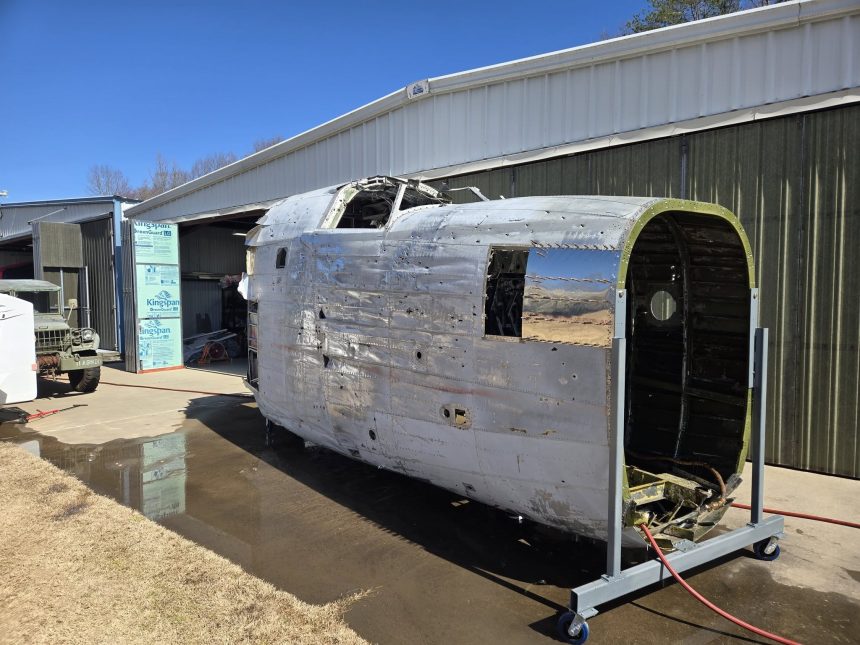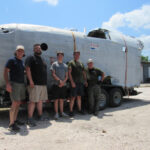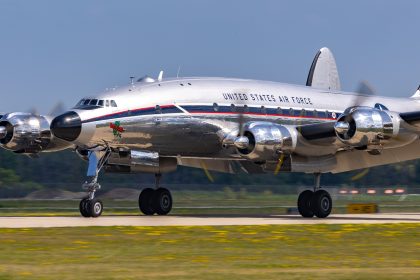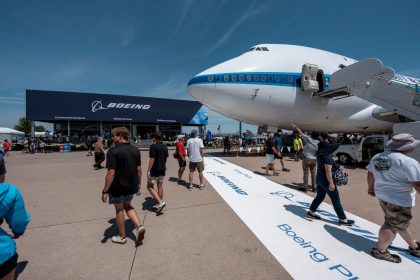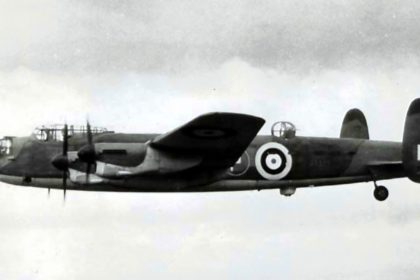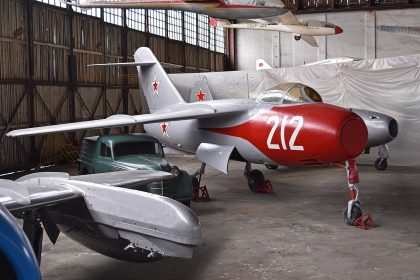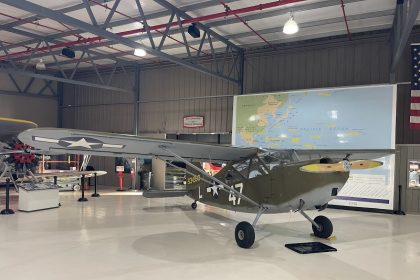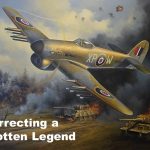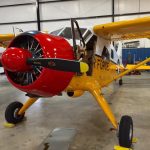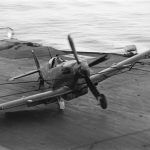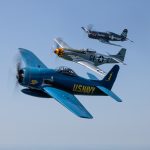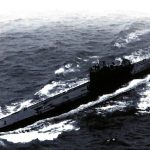In the world of vintage aircraft restoration, few endeavors are as ambitious—or as inspiring—as bringing a long-abandoned bomber back to life. Such is the case with Consolidated LB.30 Liberator II AL557, a rare Royal Air Force version of the Consolidated B-24, now undergoing a full restoration to airworthy condition under the direction of Eric Miller and his team at Project Warbird in Easley, South Carolina. As previously reported by Vintage Aviation News, the aircraft had languished outside in Colorado for over two decades before being acquired by Eric Miller in 2023. With support from historian Gerad Blume and fabricator Ray Moore of Hangar Thirteen, the multi-phase recovery and restoration of AL557 is now well underway.
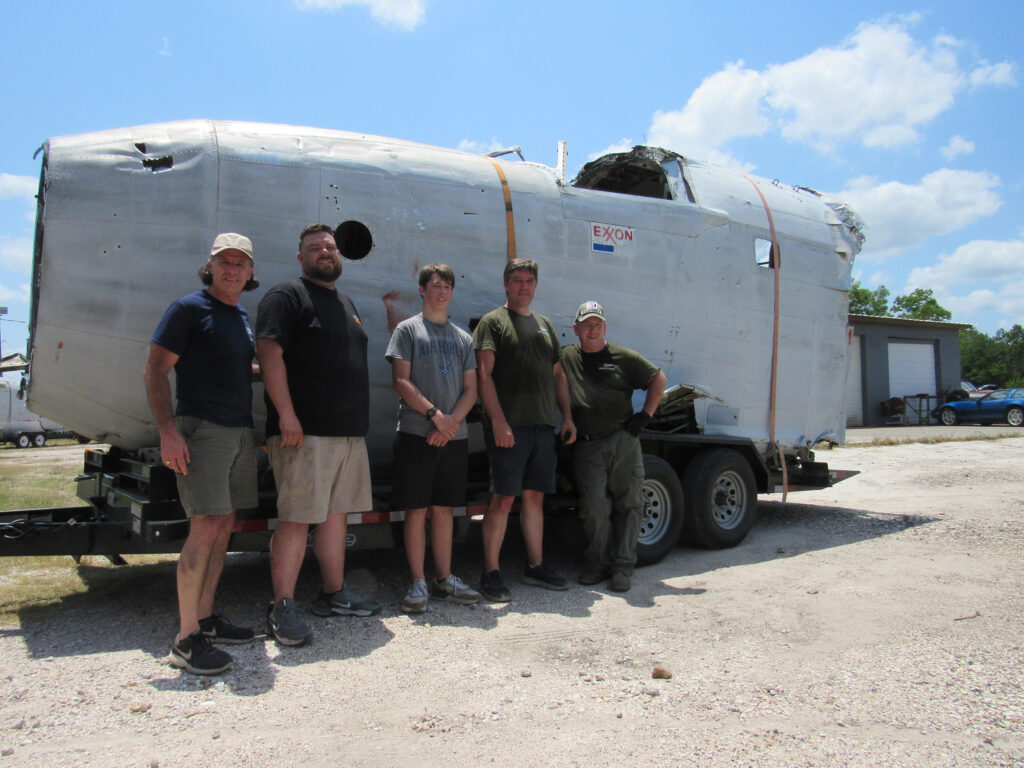
From the Cold to the Craft
“Since bringing the project home, the nose section went up to Hangar Thirteen in Asheville where Ray Moore built a roll-around fixture for us,” said Miller. “About a month ago, we brought it down to Easley to our restoration facility and museum. That’s where the real work has begun.” In just the past few weeks, Miller and his team have already replaced several small fuselage skins and stringers. “We’ve been mostly collecting and sourcing parts the past two years,” he explained. “But now we’re moving into actual restoration.” One of the next major milestones will come in early May, when Worldwide Aircraft Recovery is scheduled to deliver the wing center section and outer panels from Houston to South Carolina. With that delivery, nearly the entire airframe—currently estimated at 75% complete—will finally be on site.
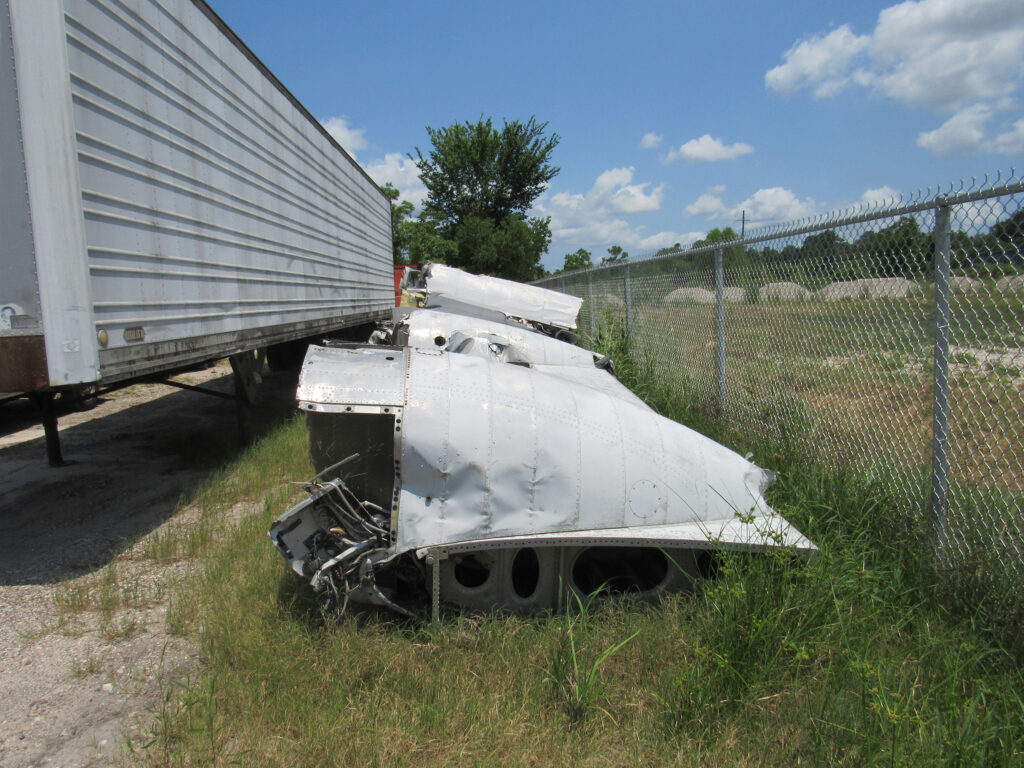
A Solid Foundation
Remarkably, despite its years of exposure to the elements, AL557’s structure remains in sound condition. “There’s almost no corrosion in the airframe at all,” Miller noted. “We got lucky. As long as it passes inspection and there’s no major damage, we’ll restore and reuse it.” Blume added that while some sections suffered from vandalism—“people shooting at it for fun”—a surprising amount of the original aircraft remains salvageable. Miller estimates that 60% of the airframe could be original when the restoration is complete.
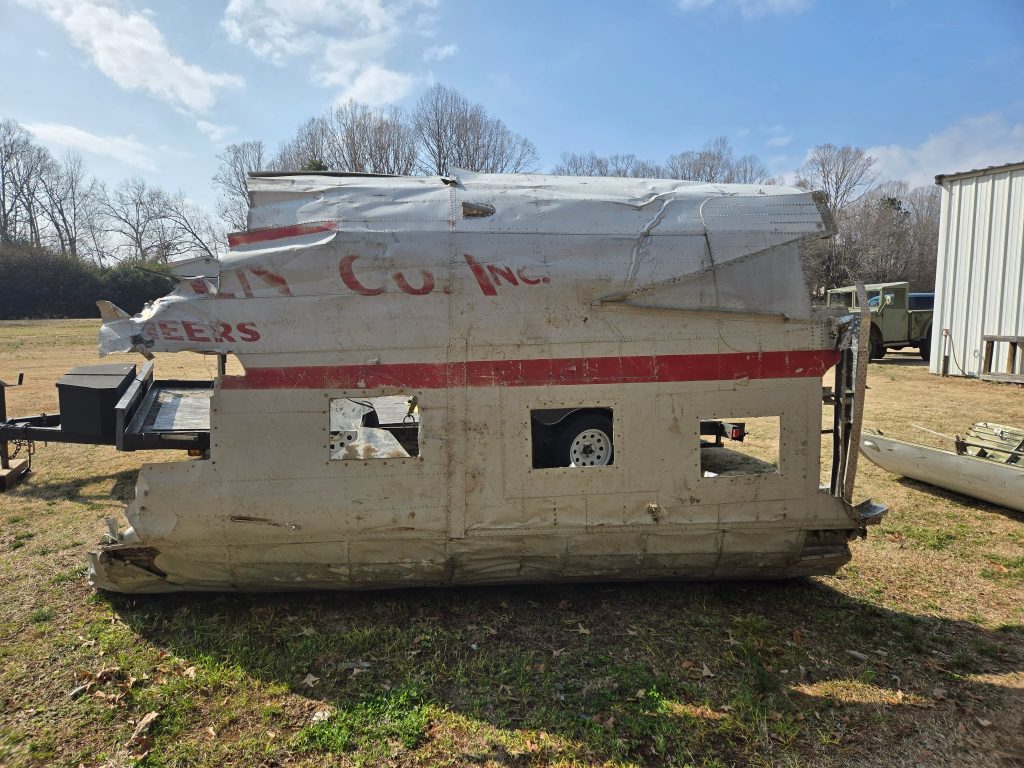
Restoring History—Not Reinventing It
Miller and Blume are adamant about honoring AL557’s origins. “It’s going back to its original RAF bomber configuration,” Miller confirmed. “This airplane did have a bomb bay. It wasn’t just a cargo plane, which is a common misconception.” Blume elaborated, “She was equipped with two Boulton Paul turrets—a Type A on top and a Type E in the tail. Since we started the restoration, we’ve managed to acquire the upper turret, which is incredibly rare. Only one other example is known to exist.”
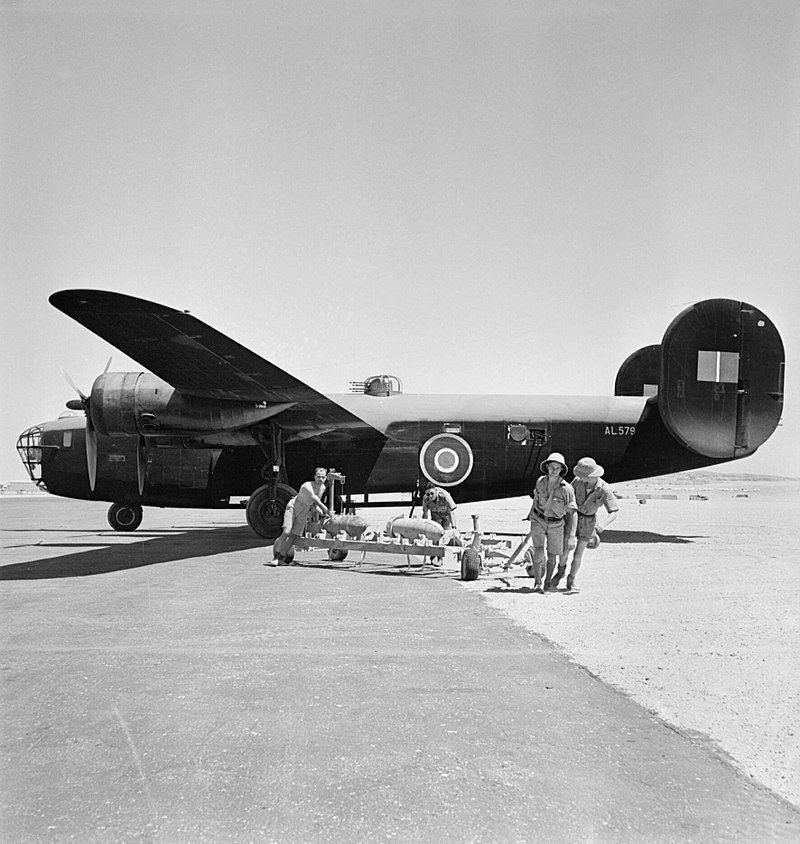
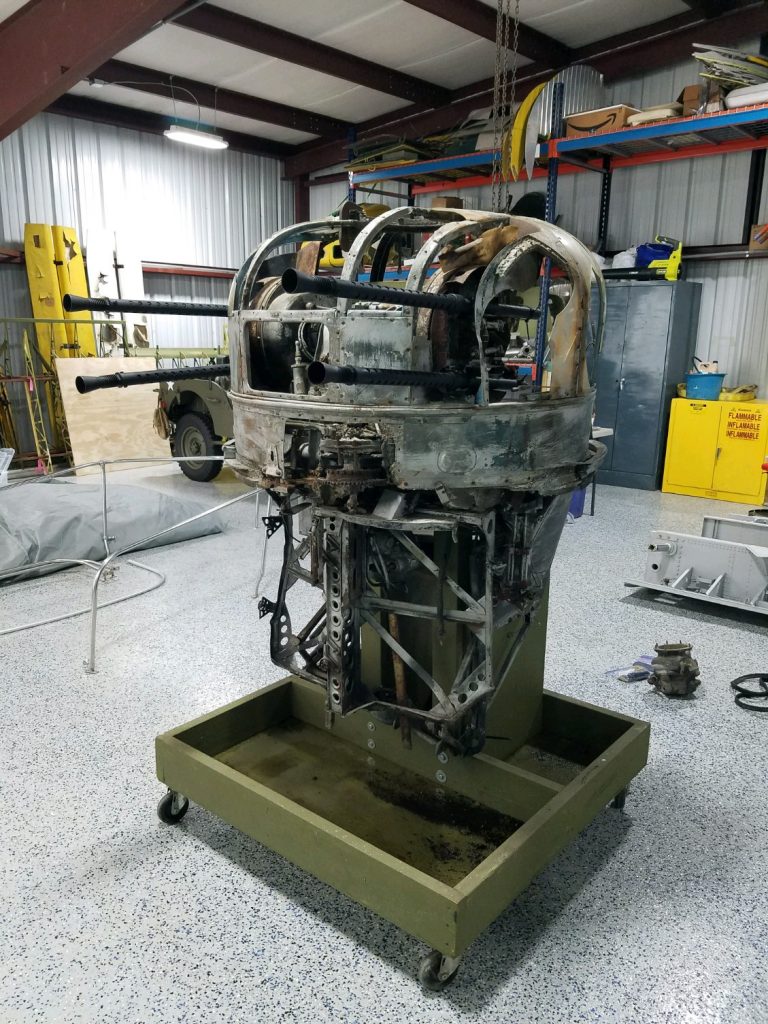
Passion and Purpose
So why take on a project of this scale? “This is the largest full-airframe project I’ve taken on,” Miller admitted. “I’ve worked on plenty of B-17s—assembling parts, contributing to restorations—but this is the first full aircraft under my care.” The inspiration, it turns out, has roots in Miller’s hometown of San Diego, where the original Consolidated Aircraft factory was based. “On a road trip to the New England Air Museum in 2023, we were joking about dream projects,” Blume recalled. “Eric said he’d love to restore a B-24. A few weeks later, he calls me and says, ‘Guess what I just got?’”
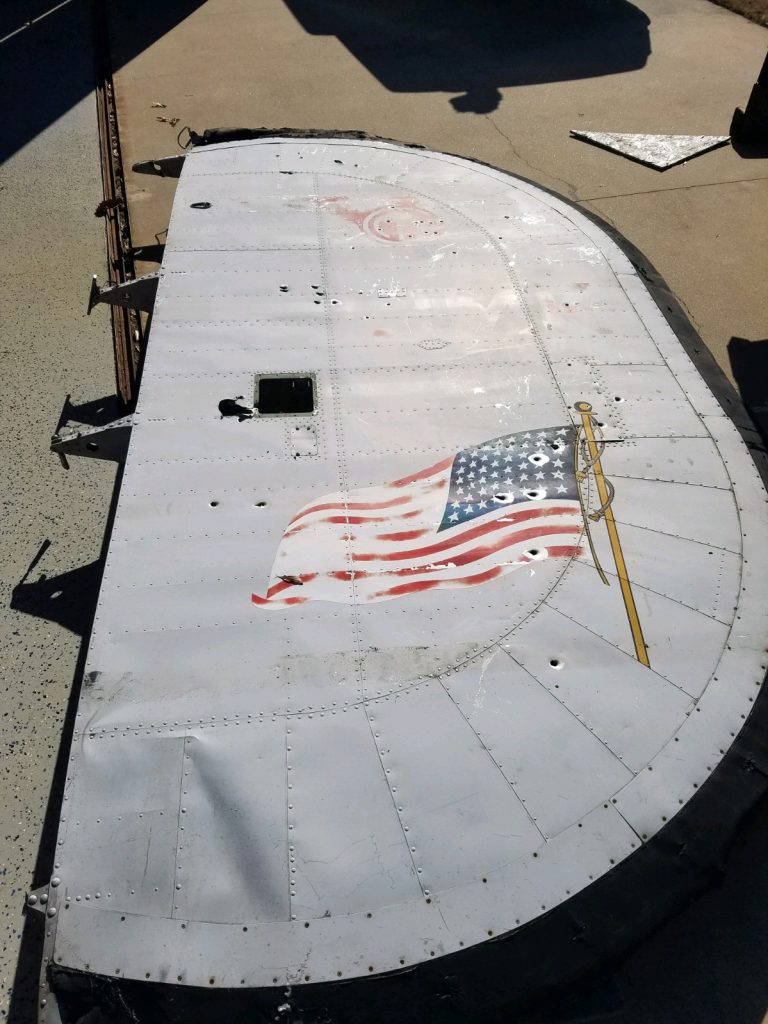
Funding the Dream
Project Warbird isn’t a nonprofit—it’s Miller’s business, supported by contract work across aviation and military vehicle restoration, as well as maintaining corporate jets. “That’s the main funding,” Miller explained. “We also sold a P-63 and a B-13 to help finance the project.” Parts from that P-63 have since found new homes in three separate restoration projects, including at the Yanks Air Museum in California, a private collection in France, and the Wings Remembered Museum in Tennessee.
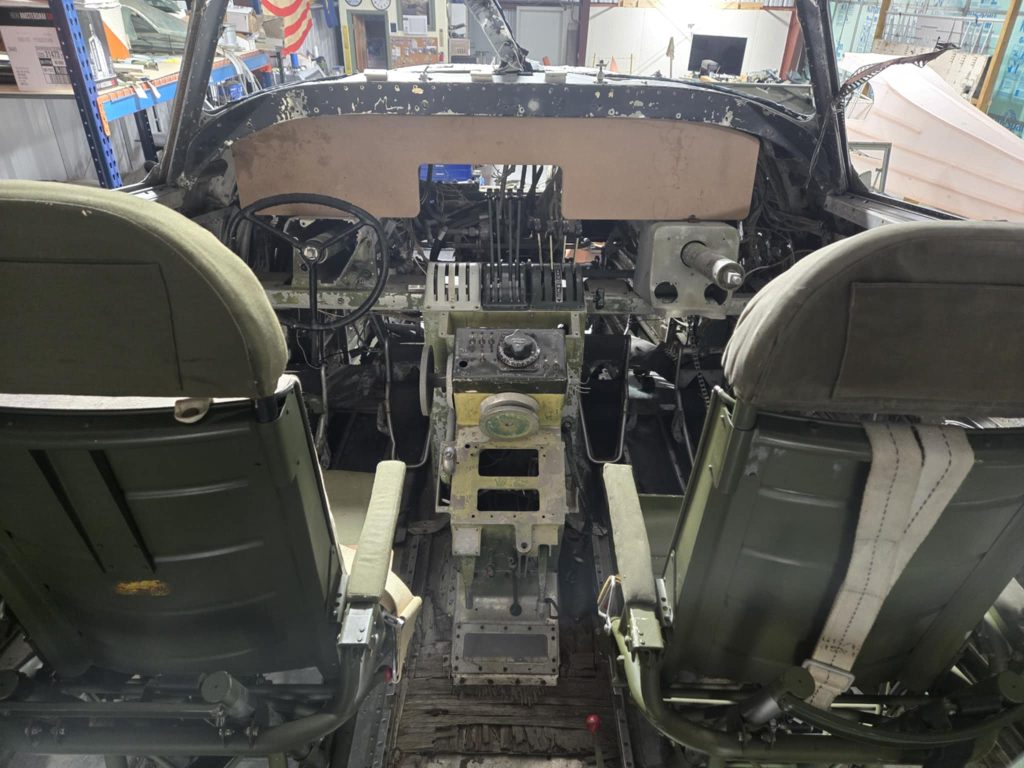
A Community Effort
Currently, a small but passionate team of five to ten people—many volunteers—are involved in the LB-30 project. Blume helps with historical research, networking, and parts sourcing, while others across the country contribute in small but critical ways. “We have a couple of gentlemen who plan to travel in and get hands-on,” said Miller. Blume also hinted that volunteers at Hangar Thirteen may join the effort once the restoration ramps up.
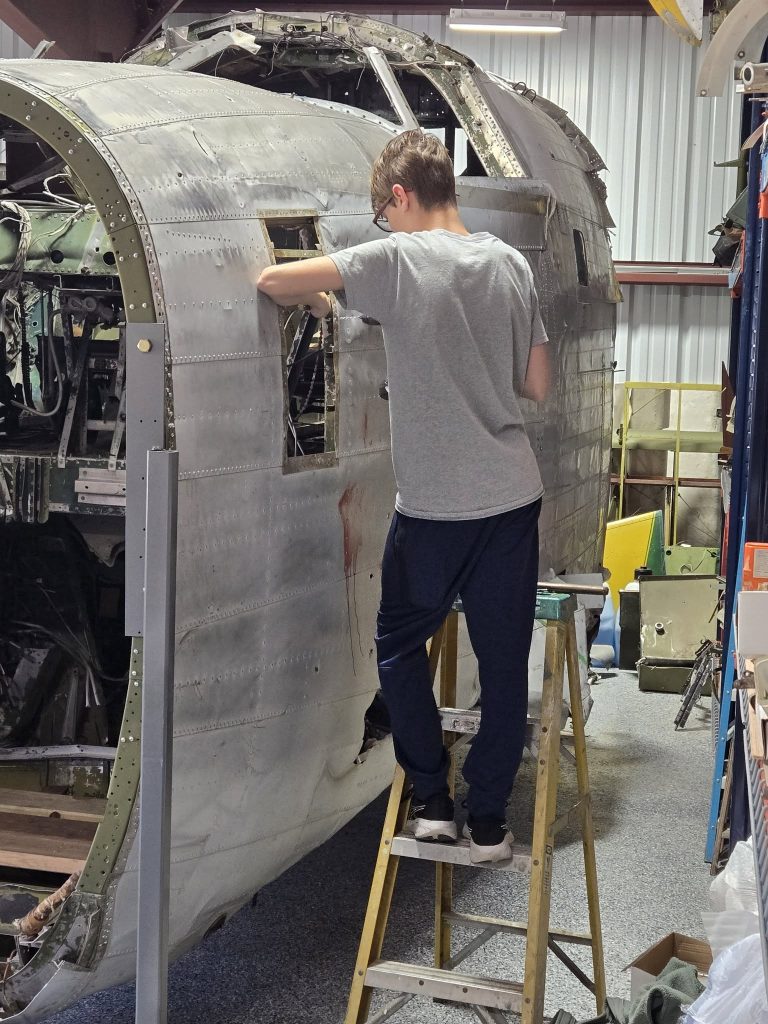
Looking Ahead
As the project progresses, Miller and Blume welcome support from the aviation community—particularly help locating rare parts—and invite enthusiasts to stay engaged. “I definitely want people to be informed,” Miller emphasized. “This airplane is part of history. We want to do it right.” With the restoration now underway, AL557 is poised to become a remarkable testament to wartime engineering, stateside ingenuity, and the dedication of a team passionate about preserving aviation history.
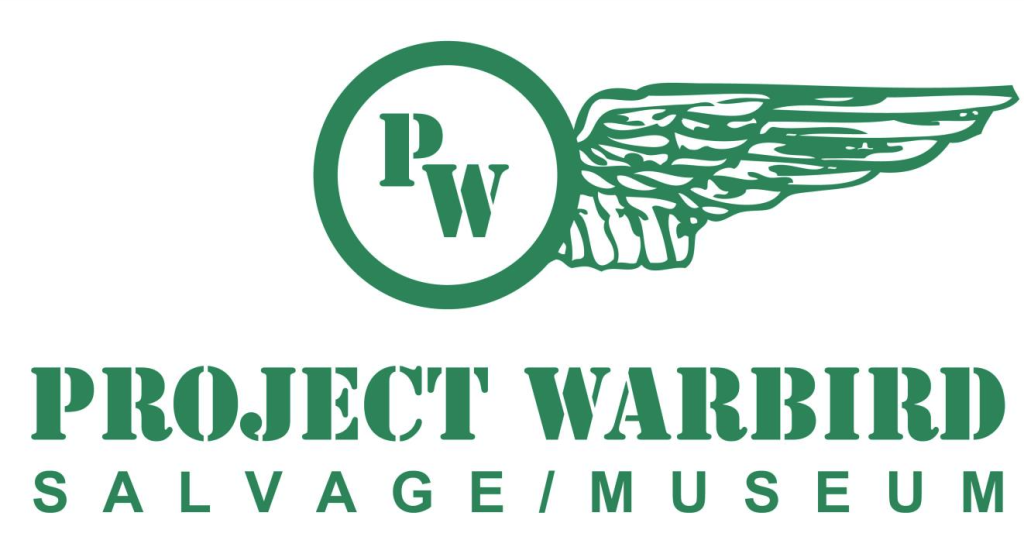
Interested in supporting or following the LB-30 project? Stay tuned for more updates from Vintage Aviation News—and perhaps even a visit to the hangar in Easley in an upcoming video feature.







